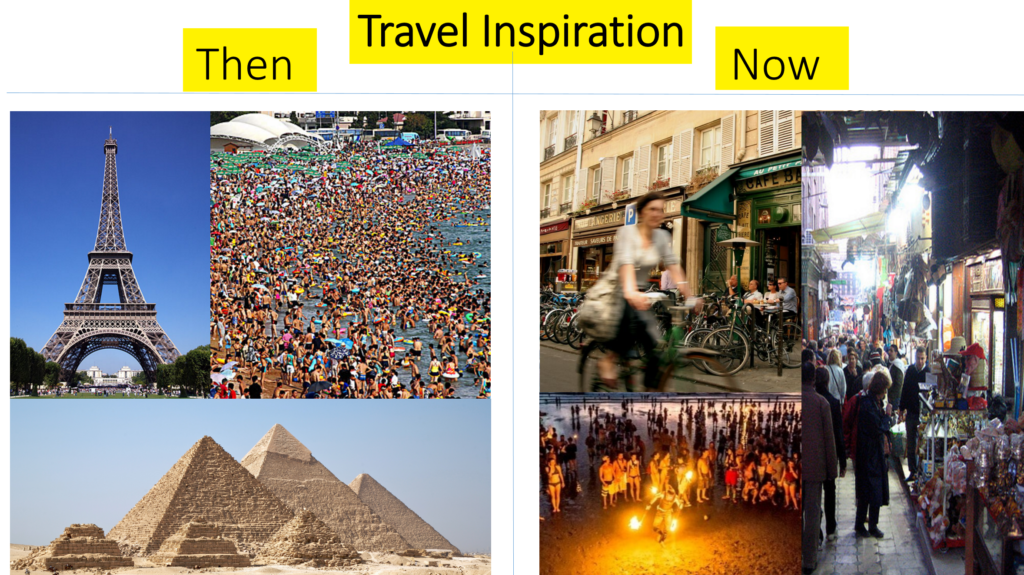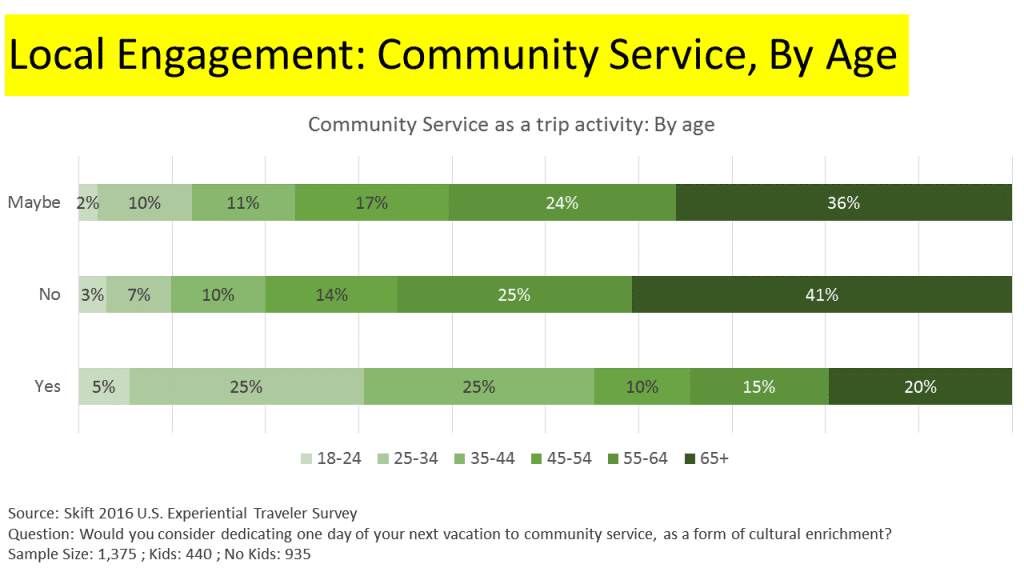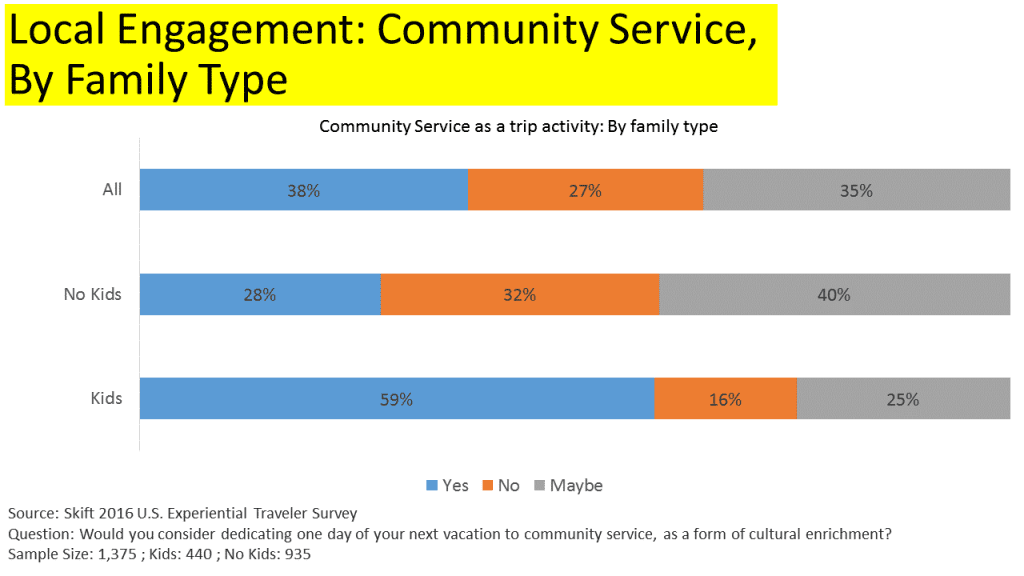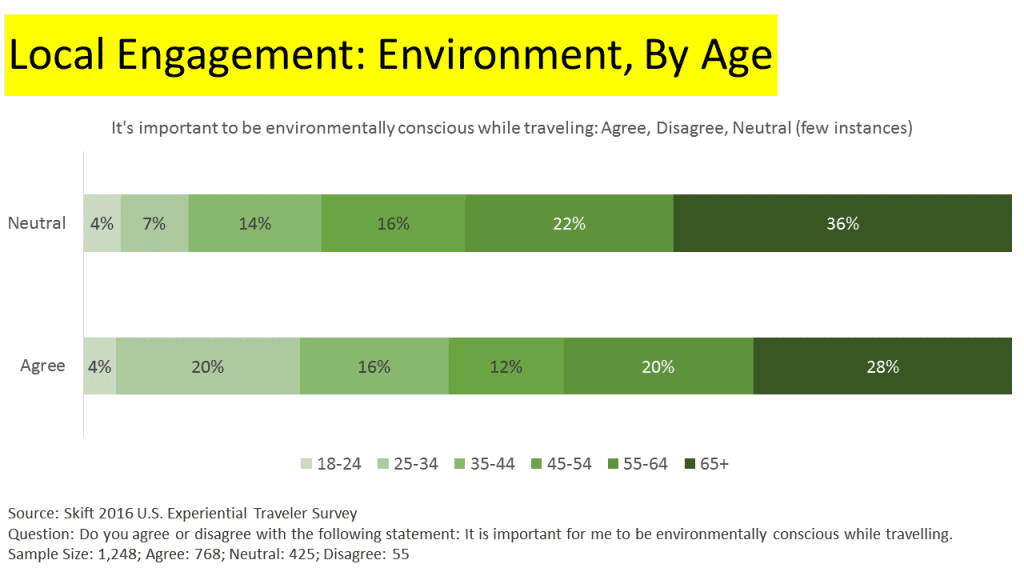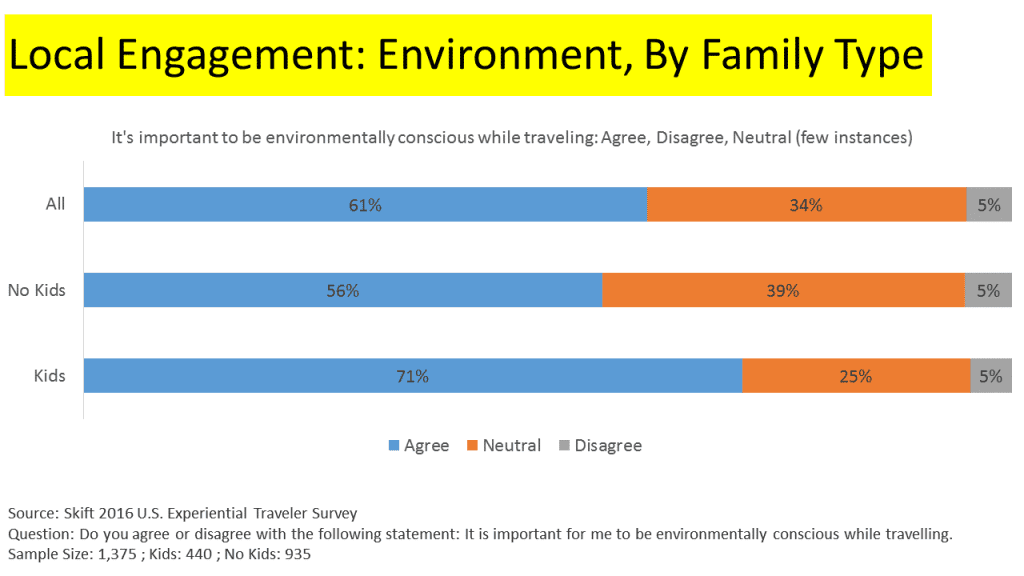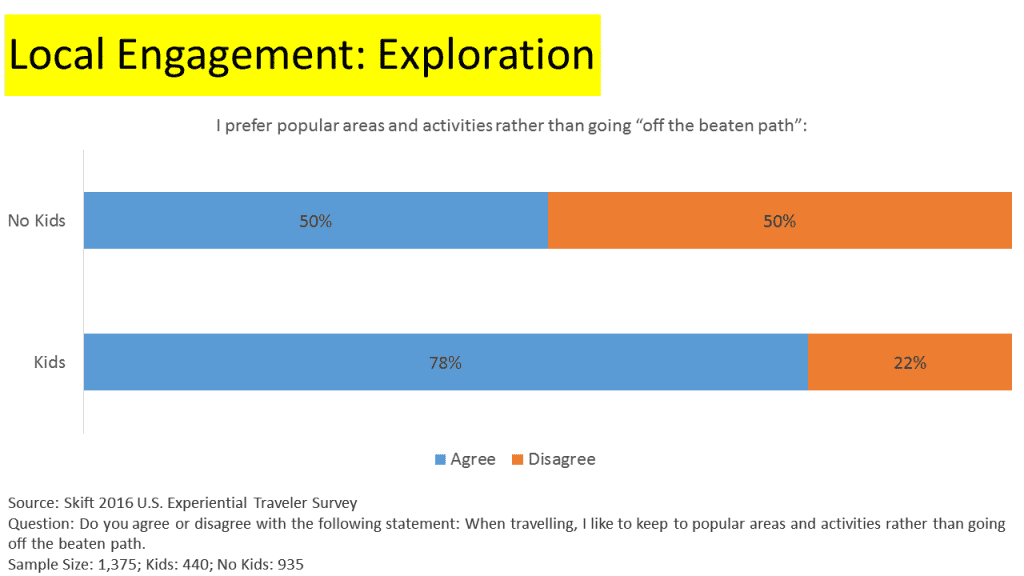Skift Take
Emphasizing connection with local culture and community is a great way to blanket pitch a travel brand, but "living like a local" may not be for everyone. Attitudinal data can help travel marketers understand tolerance levels for local engagement, and what your target customer actually wants out of their travel experience.
In many respects, local culture is the go-to content currency used to sell travel brands, but when it comes to fancy ammenties vs. flea markets, not all travelers may want to live like locals. In our latest travel consumer research focused on the U.S. family traveler, we coined a new set of metrics we call local engagement. Here we wanted to understand the degree to which travelers actually care about connecting with the communities that they visit. What we found was that different traveler profiles have different attitudes about and tolerances for connectedness and the desire to immerse themselves with local culture.
The rise of apartment rentals as an alternative to traditional hotels has contributed to a new wave of travel marketing and advertising focused on culture and community, rather than amenities and attractions. Airbnb’s wildly successful “live like a local” campaign has done wonders in changing the way travel brands paint their value and connection to the travel consumer.
For the most part, people do actually care about the host communities that they visit, but at varying degrees depending on things like age, gender, and trip composition. Our latest survey data showed that younger demographics were much more open to local engagement, meanwhile travelers with children were less likely to explore beyond a destination’s main attractions.
If anything, this highlights the uniqueness of travel as a consumer spend category and the challenges that travel marketers have in defining the essence of what brands stand for. In our 2016 Supertraveler Manifesto we also talked about the amorphous qualities of the travel consumer and how this poses challenges for marketers:
Conceptualizing a one-size-fits-all model of the travel customer is difficult, if not impossible. So many different personas and personalities live among us and even within us. We are chameleons; very different people when traveling alone or with significant others, on bachelor parties, or on honeymoons.
Arguably, emphasizing a travel brand’s connection to local culture and community is never a bad thing. In another Skift survey series, culture and nature came out on top as the two strongest motivators for travel inspiration. At the same time, travel providers need to remain aware of their guests and the level of importance travelers actually put on local engagement.
Some travel providers have gone all-in to connect customers with locals by offering a range of immersive activities tied to a range of projects focused on education, environment, and economic development. Experimental brand Fathom Cruise lines by Carnival Cruises tried this with their Cuba and Dominican Republic tours with limited success. Our 2016 Experiential Travel Survey data showed that younger demographics tend to be more interested in giving back to host communities.
Younger equals more engaged, but these travelers may not necessarily be the posterchild, independent and free millennial that often comes to mind. Having children played a significant role in shaping attitudes in favor of more local engagement; 59% of households with children said they would consider a day dedicated to community service, compared to just 28% of those without children.
A similar result was observable when respondents were queried about environmentally conscious travel; the younger age demographics perceived their impact on local environments while traveling as more important than older demographics. Travel brands leveraging the sustainability angle in their branding pitch would be wise to consider how age impacts an individual’s priorities on bigger social issues such as the environment.
Here, we also saw that respondents with children were more likely to agree with the statement: “It’s important to be environmentally conscious while traveling.” While we can only speculate, having children and traveling with children may invoke more empathy and curiousity for host communities.
Respondents with children were also much more likely to stick to the popular areas, instead of going “off the beaten path.” Respondents without children were split 50/50.
Visit our Research Store for more insights like these.
Need help connecting with your target market? Contact us about our Custom Research Solutions.
Tags: family travel, immersive travel, travel consumer, travel marketing, travel research

